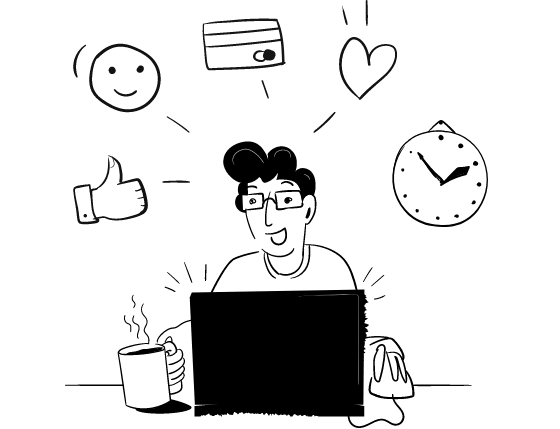Ever wondered why certain ads draw your attention toward a brand or product?
Maybe because it generates curiosity, sparks a question, or influences you to know more?
The answer lies in the subtle art of psychological marketing. Marketers have long tapped into the intricacies of the human mind to influence buying decisions.
Businesses can create compelling campaigns that deeply resonate with the target audience by understanding the psychological triggers that drive human behavior.
Psychology in marketing offers a powerful framework for understanding consumer behavior.
Marketers can craft compelling campaigns that resonate deeply with their target audience by delving into the underlying psychological principles that influence choices.
From the nuances of language to the strategic use of visuals, every element of a marketing strategy can be enhanced by a solid grasp of consumer psychology.
In this guide, we’ll explore some great examples of marketing campaigns that use marketing psychology and help your brand attract customers.
Start Free Trial
Highlight real-time activities like reviews, sales & sign-ups.
Psychology Behind the Purchase
Think about it – people don’t just make a purchase; deeply desired actions influence them.
Psychology in advertising is all about connecting with people and getting inside their heads.
Beyond the basic fulfillment of needs, consumers are often motivated to enhance their self-image, find quick fixes for their problems, or feel good.
For example, if you are selling a luxury watch, the possible psychological triggers might be brand popularity, social influence, emotional appeal, etc.
Several key psychological factors significantly impact consumer choices:
Perception: How a product or brand is perceived is a cornerstone of marketing. Effective branding, packaging, and messaging can influence consumer attitudes and perceptions of value.
Motivation: Understanding the core motivations behind a purchase is crucial. Are consumers driven by functional needs, emotional desires, or social aspirations? Tailoring marketing messages to these motivations can increase effectiveness.
Emotion: Emotions are powerful drivers of consumer behavior. Positive emotions like joy, excitement, or nostalgia can create strong brand associations and drive purchase decisions. Conversely, negative emotions like fear or anxiety can be leveraged to highlight problem-solving solutions.
Social Proof: Consumers often rely on the opinions and behaviors of others to inform their own choices. Leveraging social proof through customer reviews, testimonials, and influencer partnerships can significantly impact purchase decisions.
Scarcity: Creating a sense of urgency or limited availability can heighten perceived value and drive impulsive buying behavior.
Authority: Consumers tend to trust experts and authority figures. Establishing credibility and expertise can build trust and influence purchasing decisions.
By delving deeper into these psychological factors, businesses can develop marketing strategies that resonate with the audiences on a deeper level, fostering strong connections and driving long-term growth.
15 Real-World Psychological Marketing Examples
Here are a few real-world marketing campaign examples using psychology marketing.
1. Commitment and Consistency Psychological Tactic Using “Casper”
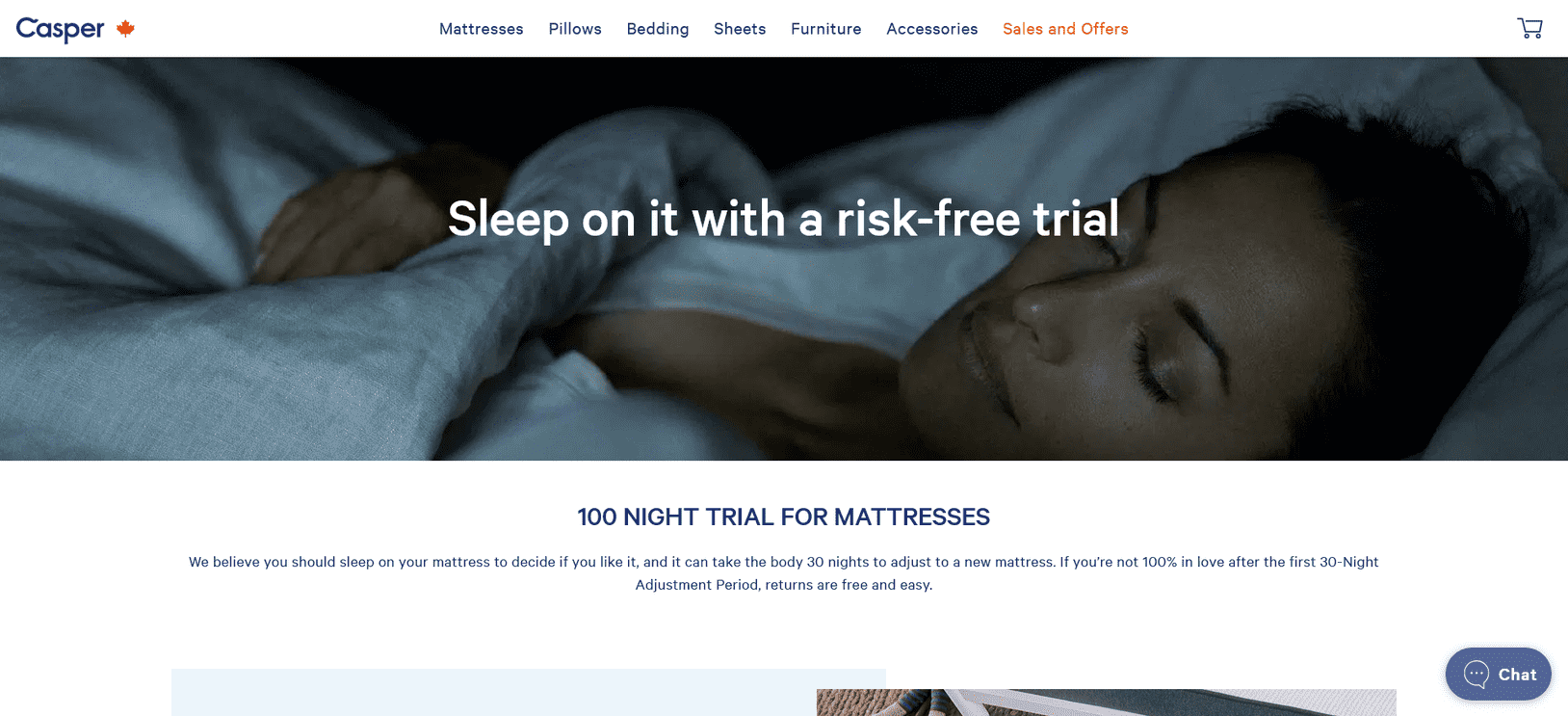
The psychological concept of commitment and consistency suggests that individuals are more likely to engage in compatible behavior once they commit to something.
Once we’ve made the choice, we take a stand; we feel pressured to behave consistently with that initial decision.
This psychological principle is a powerful tool in marketing campaigns.
The idea is to get customers to commit to small initial steps, such as signing up for a newsletter or joining a loyalty program, to encourage them to engage further in purchasing the product.
Casper, a sleep product company, has expertly leveraged this principle.
They build a strong brand identity around sleep and comfort by consistently delivering the promise through their product and marketing.
“Casper’s 100-Night Trial” Leveraging Commitment and Consistency in Marketing
2. Use of Social proof tactics by “Next US”

People often look to other’s actions to guide their own, especially in uncertain situations. S
ocial proof can be a powerful tool that influences people’s behavior by showing them how others have made a similar choice and how it has helped them out.
Showing customer testimonials, reviews, social media shares, influence endorsements, User-generated content, and ratings can encourage potential customers to take action.
Moreover, it builds trust, credibility, and a sense of belonging among potential customers, increasing the likelihood of purchasing.
For example, Next US shows ratings and reviews about the products they sell.
The platform highlights the reviews from the existing customers, creating accountability and transparency and building customer trust.
3. Use of Flash Sale Psychology by “Style We”

Loss aversion is another psychological theory that refers to those who are so focused on avoiding loss that they are willing not to make gains.
Marketing campaigns create a sense of urgency and scarcity, driving customers to take quick action.
For example, phrases like “Limited-Time offer” or “Only few stock available” tap into this psychological trigger, encouraging purchases.
Here’s an example from Style We, using flash sales tactics to influence customers and create a sense of urgency among them.
4. Time-Bound Psychology by “Water Country USA”
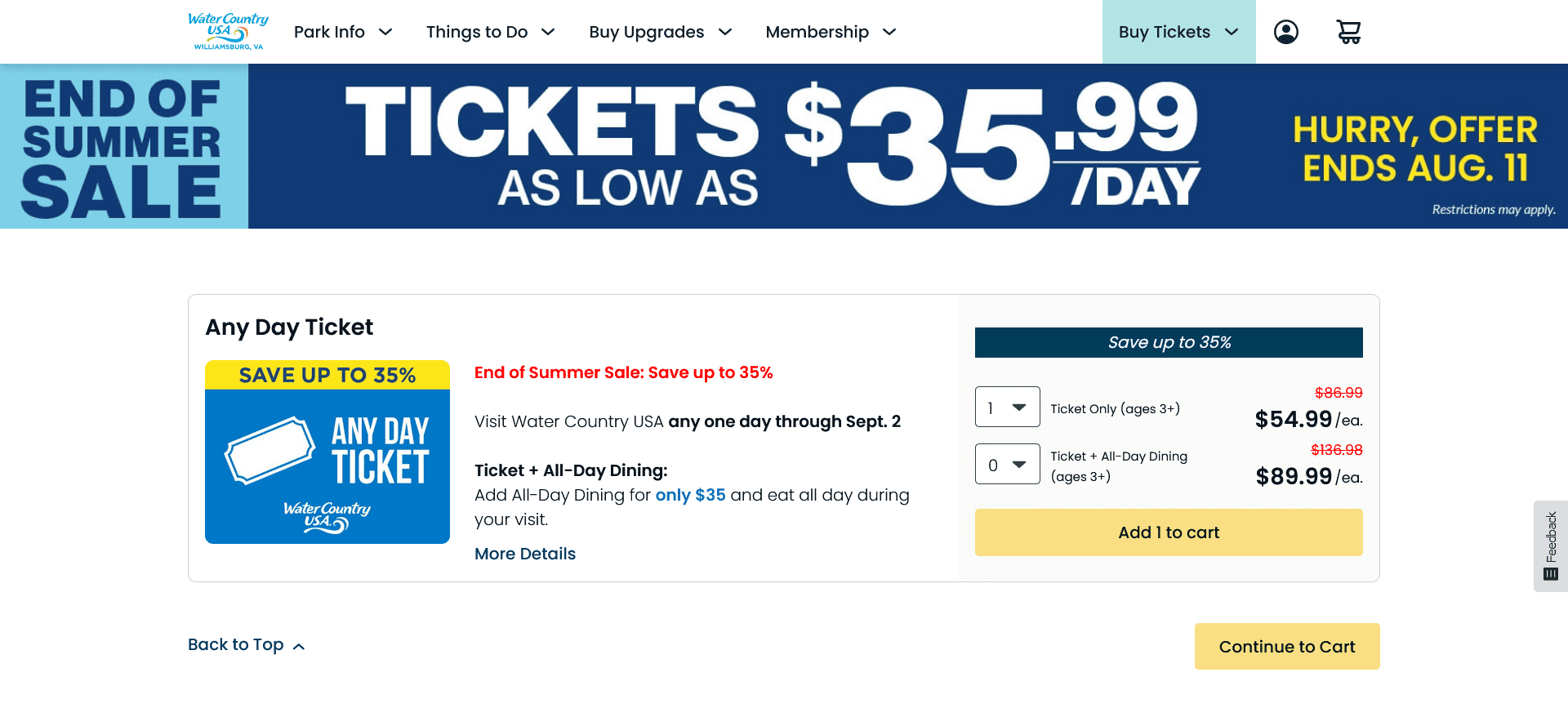
Scarcity is another psychological principle that creates a sense of urgency and increases the desirability of offers.
People are more inclined to make quick decisions when they see something exclusive or a limited number.
Marketers can often use this tactic to increase sales and demand. The fear of losing something motivates people more than the prospect of gaining something or equal.
Highlighting limited quantities, time-bound offers, or exclusive access creates FOMO that influences consumers to purchase.
For example, Water Country USA has timer-bound offers that end on August 11. The “End of Summer Sale” with discounted pricing discount influences customers to buy ticked before the offer ends.
5. Freebies by “Goop”
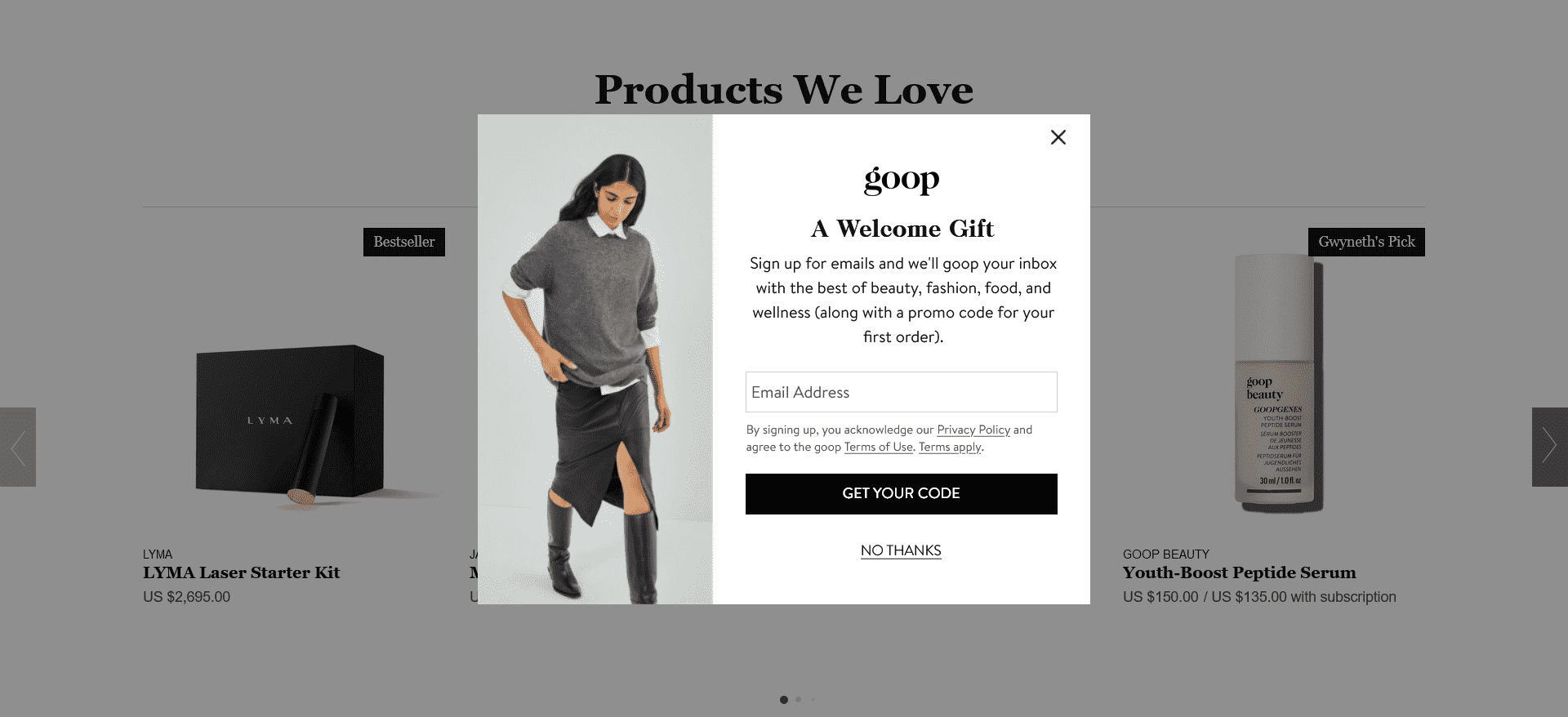
Reciprocity is a simple psychological principle that suggests that people feel obligated to return favors or kindnesses they receive.
It says by offering them free valuable resources like downloads or samples; you can create a sense of obligation to return favors or kindness they receive.
You can also offer them free coupons, discounts, or exclusive deals to encourage customers to return the favor by supporting the business.
For example, Goop offers first-time visitors a welcome gift that provides free valuable tips and a promo code for the first order.
6. Build Connection with Customers using “Wellington Chocolate Factory”

People are more likely to be followed by the people they know. This simple yet powerful psychological principle, known as Liking, helps to establish a connection with the target audience.
When customers feel aligned with the brand’s shared values, physical attractiveness (when appropriate), compliments, cooperation, and familiarity, they are more likely to develop positive associations with the brand.
It helps to build relationships through personalized interaction with prospective customers, and engaging storytelling can boost your likability.
For example, the Wellington Chocolate Factory uses Liking psychology to show its strong bond with local artists.
Start Free Trial
Highlight real-time activities like reviews, sales & sign-ups.
7. Consistent Brand Identity by “Apple”
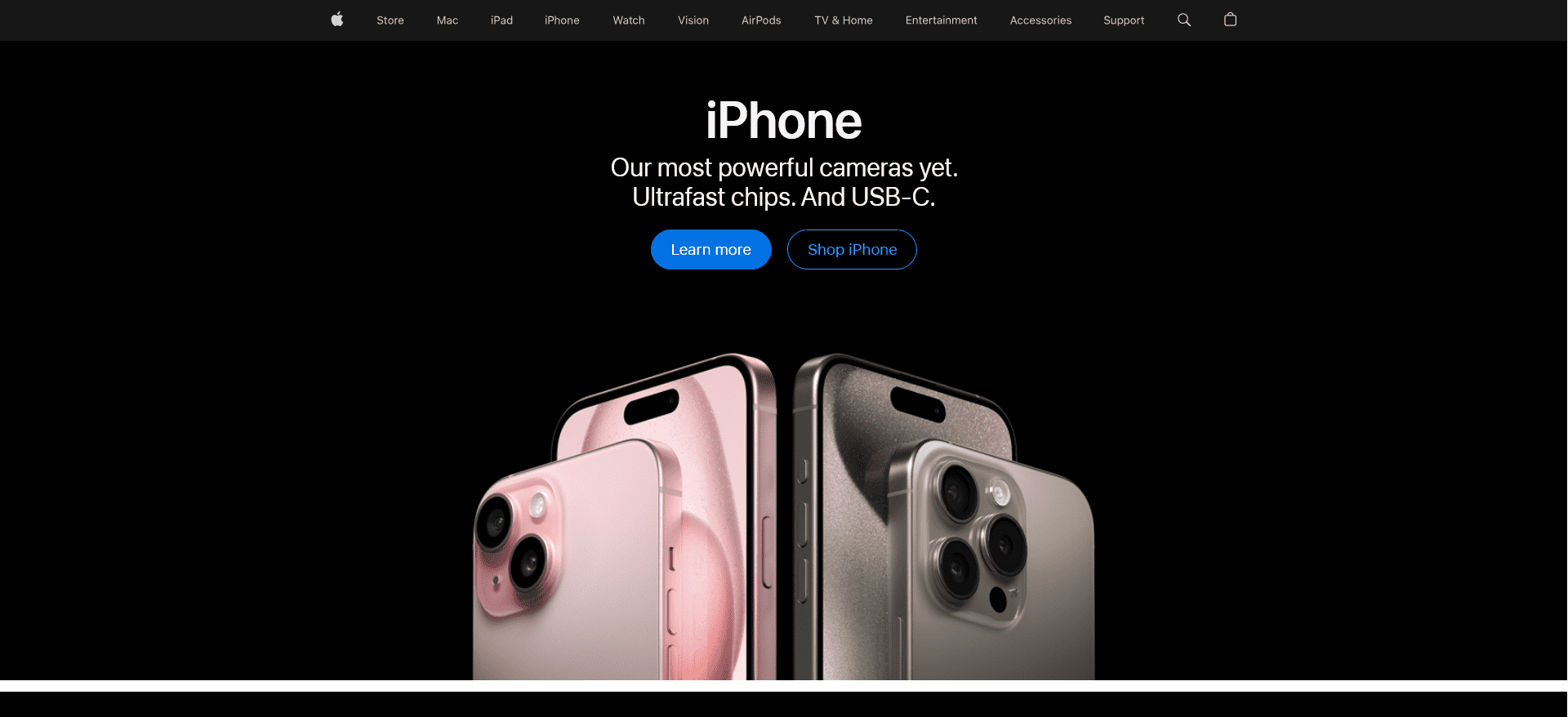
Pygmalion effect, also known as the Rosenthal effect, says that businesses can significantly impact consumer attitudes and purchasing decisions by cultivating high expectations and fostering beliefs in a product’s exceptional qualities.
A great way is to empower your employees to exceed customer expectations and deliver exceptional experiences.
That helps to increase brand loyalty, create loyal brand advocates, and shape customers’ perceptions of the brand.
For example, Apple has consistently cultivated an image of innovation, design excellence, and premium quality.
They deliver on their promises and exceed customers’ expectations, positioning them as a leading tech brand.
8. Discounted Pricing Packages by Ulta
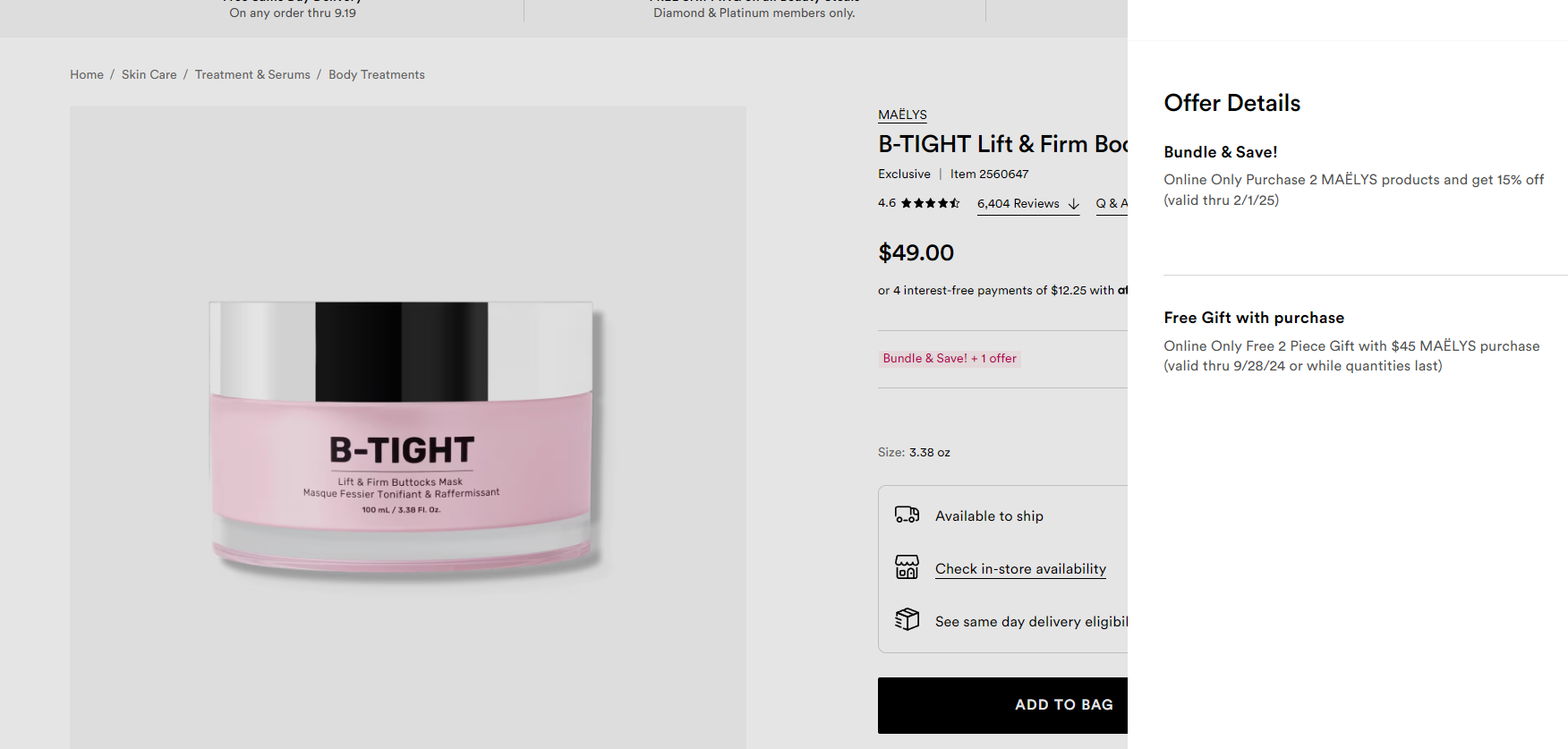
Anchoring bias is another psychological marketing theory that suggests that consumers often use the first item they see as the point from which they make their decisions.
Marketers can make subsequent, lowered-priced options seem more attractive by presenting high-priced items.
A great example of a marketing tactic is showing customers how much they are saving with each purchase.
Another way to do this is by providing a comparison to a competitor or a previous version; marketers can create a sense of improvement.
For example, Ulta offers a bundle of beauty products at a discounted price and also provides freebies, along with products that influence customers’ decisions.
9. Price Comparison Psychology by Zoom
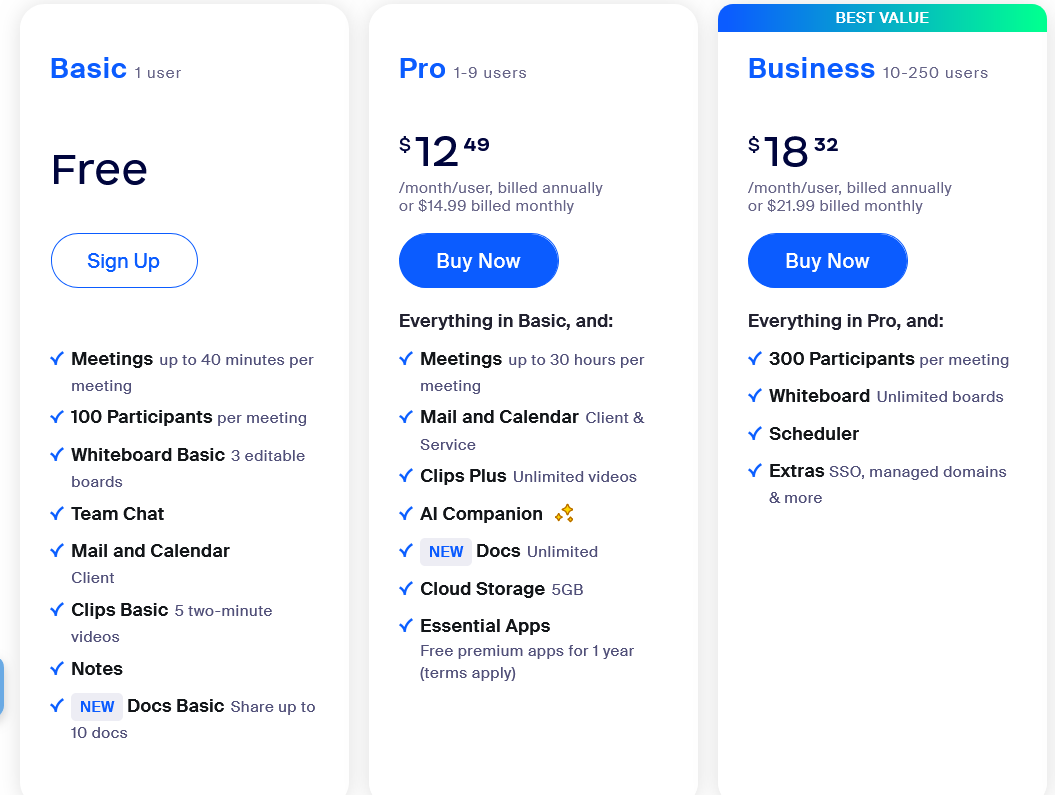
The Decoy effect describes how price comparisons between products influence their choice. It occurs when a third option is introduced between two options.
It helps boost sales of high-profit products by creating another version at a reasonable price.
Imagine you are at a movie theater and are confused between the small popcorn for $6 and the large one for $10. Suddenly, a “jumbo” popcorn appears for $11, but it’s a bit big for one person.
That extra option, called “decoy,” makes you seem like the large option is a better deal, even though you might not need it.
For example, Zoom offers membership options with different pricing structures that influence customers’ choices.
10. Color Psychology by Taco Bell

Color psychology aims to explain how people associate different colors and influence human behavior & emotions.
In marketing psychology, different colors can create different emotions and impact brand perception.
In addition, colors can communicate the brand’s value and increase brand awareness and potential sales.
Make sure to understand the meaning of each color, consider the audience’s preferences, and align it with your brand’s identity.
For example, Taco Bell, a staple in American Fast food culture, uses purple color in its marketing and branding strategy that aligns with the brand’s personality, showing youthful, creativity, and energy to attract its target audiences.
11. Influencing Customers with Content by Rogaine
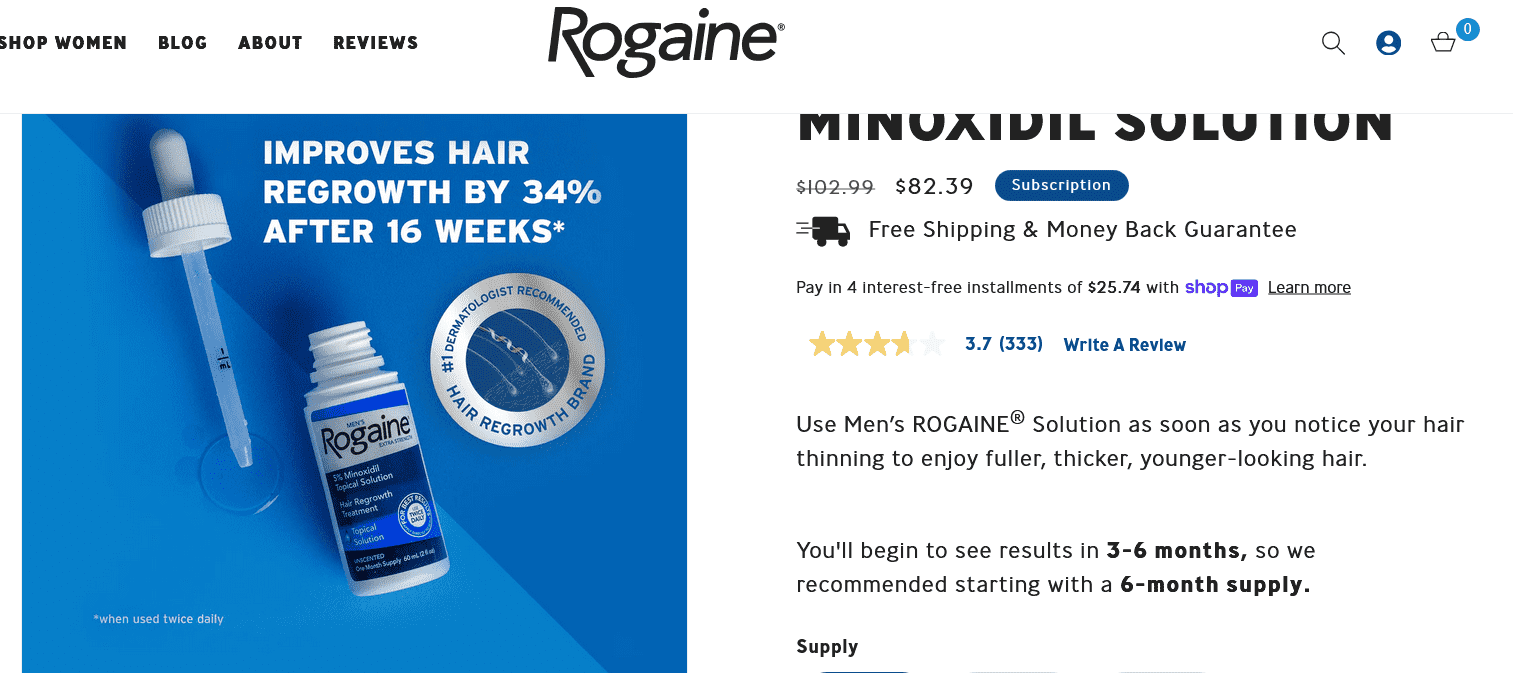
Customers often rely on the framing effect to simplify their decision-making process.
In simple terms, the framing effect means the way you present the information influences your customers’ decisions.
By strategically framing choices, marketers can highlight benefits, minimize drawbacks, and evoke emotions among customers.
For instance, presenting a product as offering a “95% success rate” is more appealing than framing it as a “5% failure rate.”
For example, Rogaine emphasizes the potential for new hair growth, using phrases like “Improves Hair Regrowth by 34% after 16 weeks.”
12. Create FOMO using WiserNotify
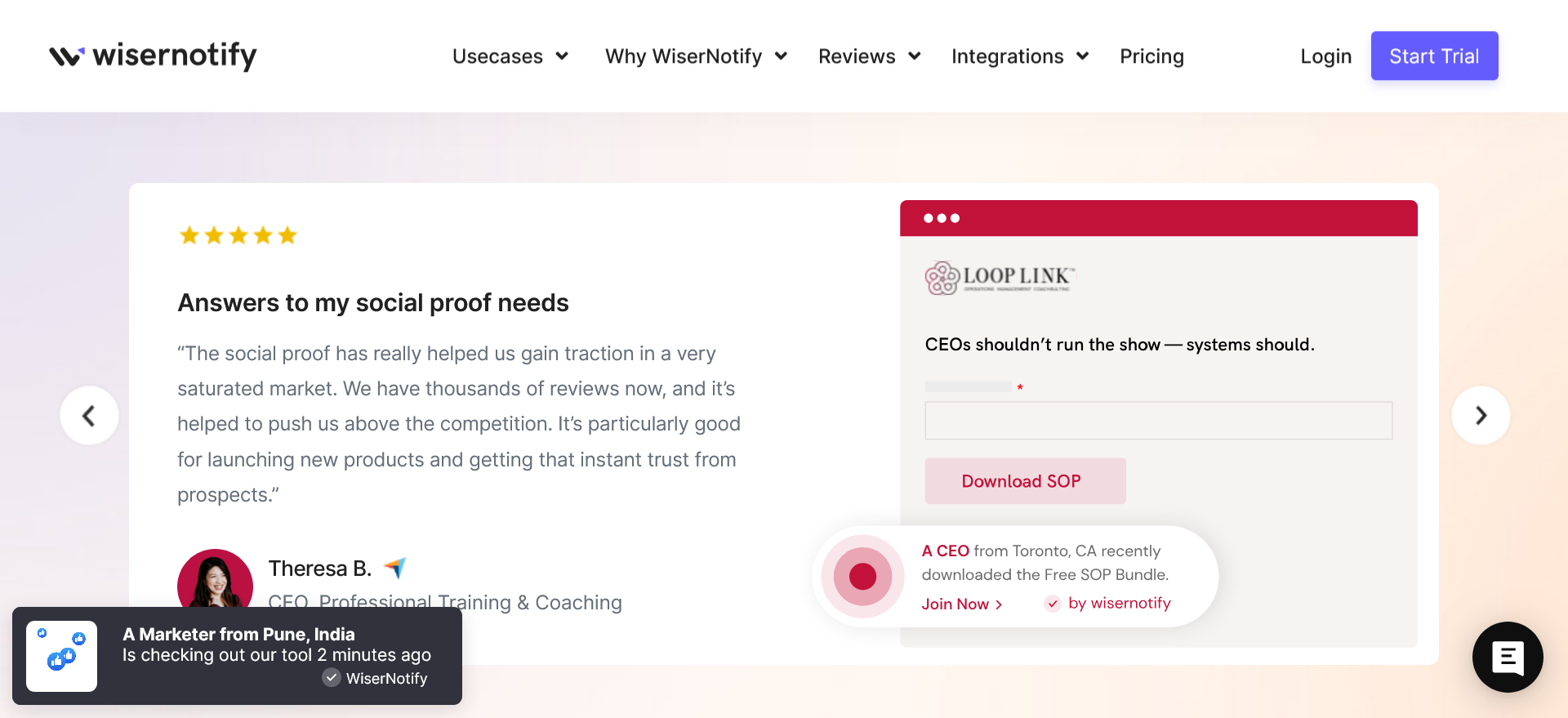
FOMO, or fear of missing out, is another powerful psychological tool marketers can leverage to drive consumer behavior.
It helps to create a sense of urgency by offering time-limited discounts and limited products, showcasing social proof, and creating a sense of exclusivity for a selected group.
Businesses drive impulse purchases and increase engagement by making people feel they are likely to miss out.
For example, WiserNotify uses live social proof notifications to create FOMO among visitors and influence purchasing decisions.
13. Offering Free Trial Psychology by SalesForce
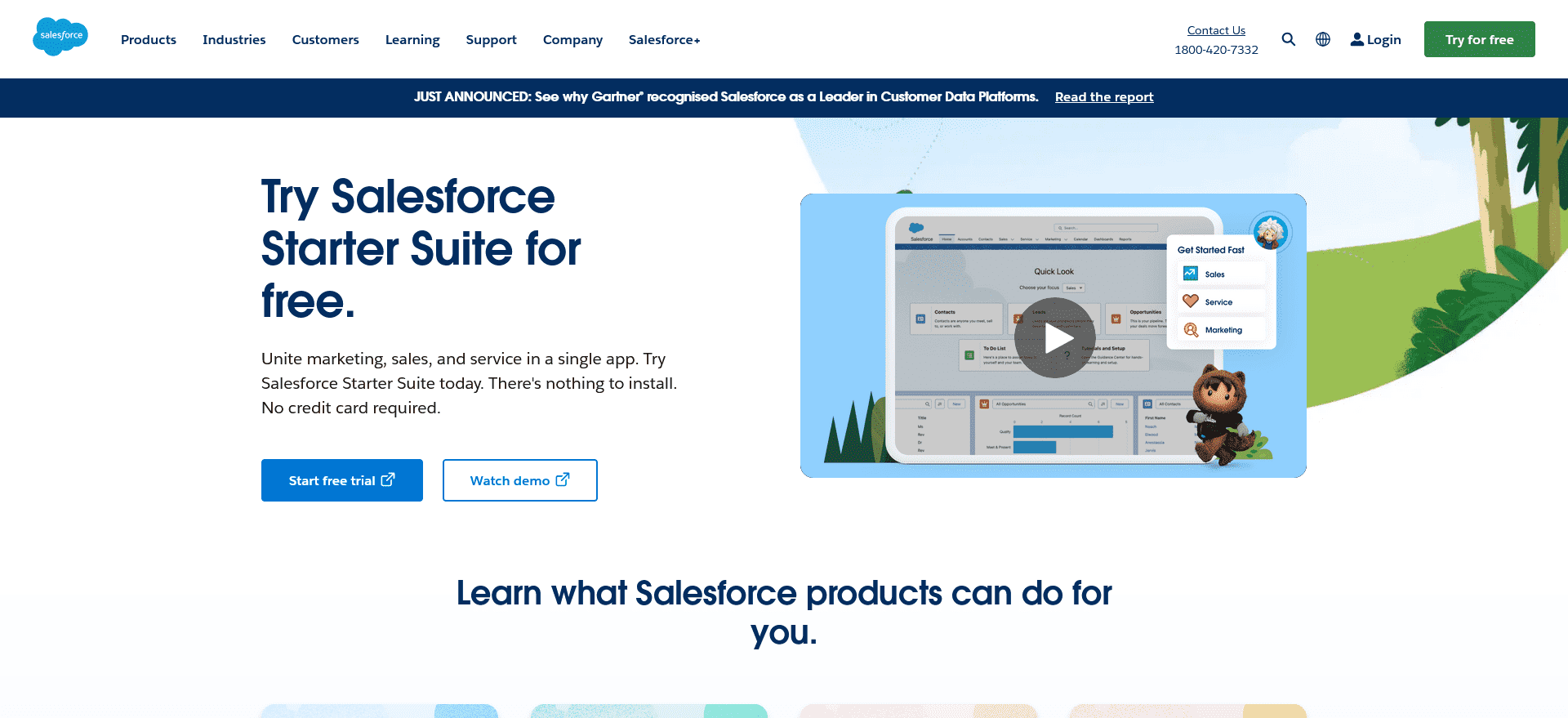
This psychological bias is where people place a higher value on items they own than those they don’t.
It is rooted in loss aversion, as we are inherently more sensitive to potential losses than gains.
Marketers leverage the endowment effect to foster customer loyalty and drive sales. By offering free trials, product demos, or samples, businesses encourage customers to develop a sense of ownership among them.
For instance, a car dealership might offer a free drive that creates a sense of ownership, making it more difficult for customers to consider other options.
Here’s an example from Salesforce: They offer a free trial for their products, and customers are encouraged to explore the platform’s features, customize workflows, and input data.
That creates a sense of ownership, and they might continue to pay subscriptions.
14. Emotional Psychology by Shopify
Storytelling in marketing psychology helps to create an emotional, relatable, and human experience for the audience.
It enhances emotional connection and builds brand recognition, trust, and authenticity.
Stories are easy to remember and are more than just selling your products or services. It’s about connecting with the customers and making your product stick in your audience’s memory.
Sharing authentic stories highlighting customer milestones can humanize the brand and foster a sense of community.
For example, Shopify highlights the stories of entrepreneurs using their platforms to impact their community positively.
The storytelling videos help audiences learn more about entrepreneurs’ success stories.
15. Consistent Branding with Allianz
The mere exposure effect is when we like things more the more we see them. Marketers use this by repeatedly showing their brand, products, or ads.
Marketers leverage the mere exposure effect through consistent brand messaging across different channels.
Repeatedly showing products or brand identity increases brand recall and recognition.
This phenomenon fosters a sense of trust and comfort, making consumers more likely to consider and purchase the product when faced with a decision.
For example, Allianz’s presence and partnership with Olympic 2024 build positive emotions and experiences among the audiences.
Audiences seeing the logo develop an unconscious preference for the brand, increasing brand loyalty and value.
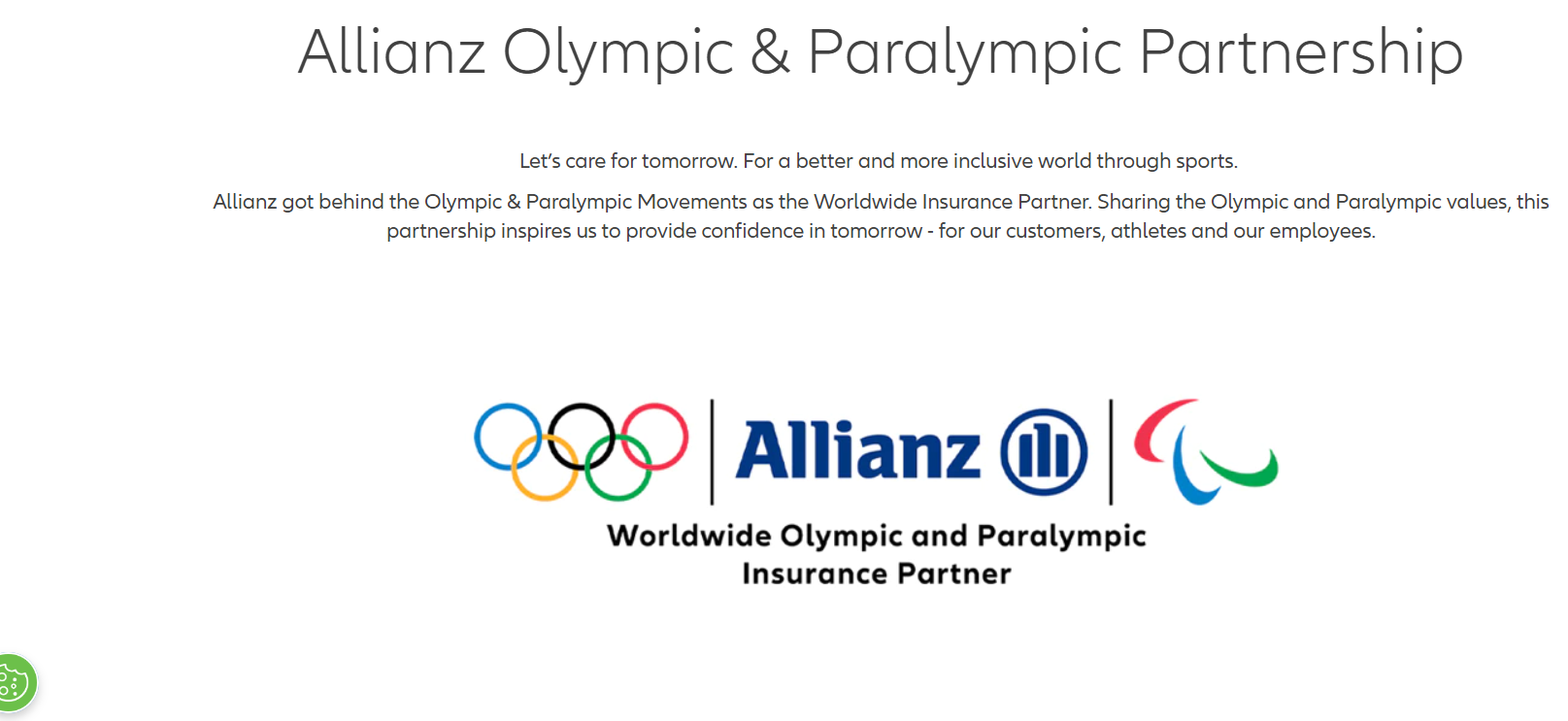
Wrap up
Understanding the human psychology is the cornerstone of successful marketing.
By delving into psychology, marketers can unlock powerful insights that drive consumer behavior and build long-lasting brand connections.
By diving deep into these 15 psychological principles, businesses can create campaigns that drive sales and create a meaningful connection with customers.
We hope you learned something new and better understand how to use these principles in your marketing efforts.
Remember, as customer behavior evolves, so do the marketing strategies.
Make sure to stay informed and do marketing research about the different strategies and trends to create campaigns that resonate with your customers.




